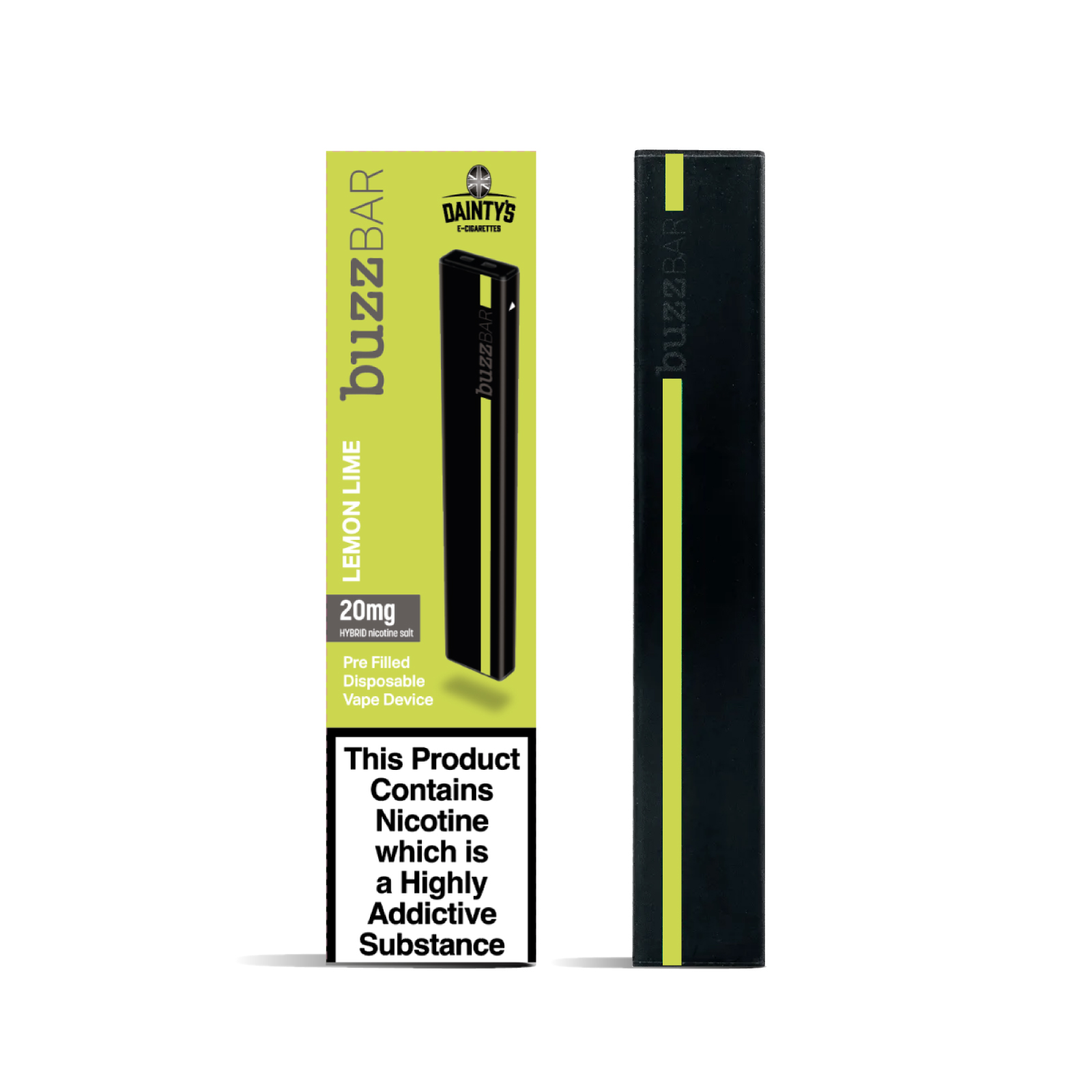Explore Buzzbar: The Game-Changer worldwide of Vaping
Diving Deep Into the Scientific Research Behind Vape Coils and Temperature Control
As enthusiasts of vaping discover the ins and outs of their devices, a fundamental understanding of the scientific research behind vape coils and temperature control ends up being essential. From the materials made use of in coil construction to the influence of coil resistance on efficiency, there are layers of complexity waiting to be unraveled.
Coil Products and Their Effect
In the realm of vaping innovation, the option of coil material plays an essential function in determining the overall performance and capability of a vape device. Various coil materials offer varying degrees of conductivity, resistance to heat, and longevity, all of which directly impact the vaping experience.
Stainless steel coils are praised for their convenience, providing both temperature level control abilities and wattage mode vaping. Nickel and titanium coils are often made use of in temperature control mode due to their predictable resistance adjustments with temperature variations.
Understanding Coil Resistance
With varying coil materials affecting the efficiency of vape tools, understanding coil resistance is important in enhancing the vaping experience. Measured in ohms, coil resistance plays a substantial function in establishing crucial variables such as power outcome, warmth generation, and the production of vapor and taste.
By picking coils with the suitable resistance levels, vapers can tailor their experience to meet their choices, whether they focus on cloud manufacturing, taste strength, or battery life. Understanding how coil resistance connects with various other components of the vaping configuration is important for attaining the preferred vaping experience.
The Duty of Temperature Control
Temperature level control in vaping tools plays a pivotal function in controling the consistency and quality of the vaping experience - buzzbar. By checking and changing the temperature level at which the coil warms up, vapers can tailor their sessions to attain optimal flavor, vapor production, and general complete satisfaction
One of the vital benefits of temperature control is the avoidance of completely dry hits. When a coil gets too hot because of absence of e-liquid saturation, it can produce a harsh, burned taste that not just damages the taste but also positions prospective health and wellness threats. Temperature level control technology helps alleviate this problem by immediately removing power to the coil when it gets to a defined temperature level, thus avoiding the wicking product from burning.
In addition, maintaining a steady temperature level can extend the life-span of coils and other vaping parts. Regular temperature levels decrease deterioration on the coil, leading to a longer-lasting and more affordable vaping arrangement. In general, temperature control equips vapers to fine-tune their tools for a much more delightful and safer vaping experience.

Maximizing Flavor and Vapor Production
Various coil products, such as kanthal, stainless steel, nickel, or titanium, can substantially affect the flavor and vapor created. useful reference Finding the pleasant spot investigate this site where the coil heats up sufficient to vaporize the e-liquid successfully without triggering it to shed can make a recognizable distinction in the overall vaping experience. Consistently cleaning and maintaining the coils is important for preserving taste purity and guaranteeing constant vapor production.
Fine-Tuning Your Vaping Experience

Additionally, choosing the ideal power level or temperature level setup is vital to enhancing your vaping experience. Different e-liquids and coils perform best at particular power degrees, so discovering the excellent setup can improve flavor and avoid dry hits or charred preferences. It is recommended to start at a reduced wattage or temperature and gradually enhance until you reach your desired vape quality.
Finally, frequently preserving your device is essential for a enjoyable and consistent vaping experience. Cleaning your container, changing coils, and making certain proper battery care can lengthen the life-span of your gadget and preserve optimal efficiency. By fine-tuning these elements of your vaping arrangement, you can raise your overall experience and complete satisfaction.
Conclusion
In conclusion, the science behind vape coils and temperature level control is essential for boosting the vaping experience. By comprehending the influence of coil products, resistance, and temperature control, vapers can maximize flavor and vapor manufacturing.

In final thought, the science behind vape coils and temperature control is crucial for boosting the vaping experience.